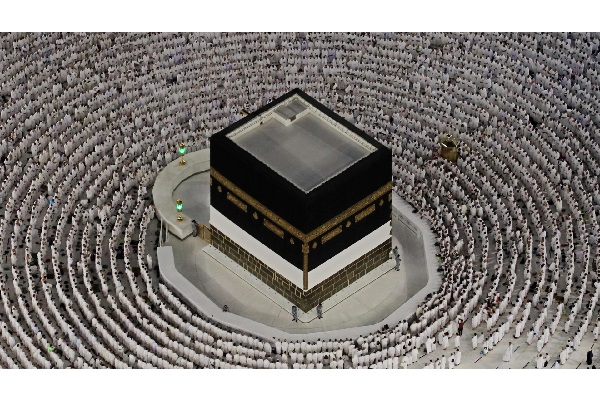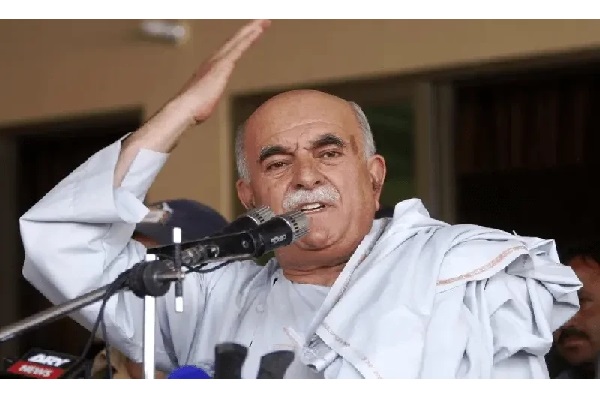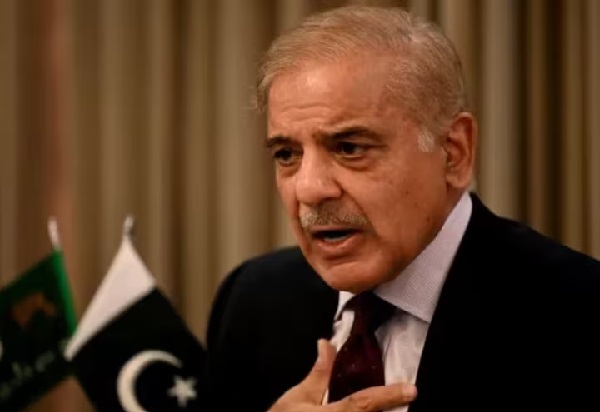NEW DELHI: Indian police said on Saturday they had arrested the social media chief of the country’s main opposition party over accusations
MAKKAH: Hundreds of thousands of Muslims from around the globe walked solemn circles around the Ka’aba on Sunday to begin the biggest Haj pilgrimage in several years.
Islam’s holiest site is expected to host more than two million worshippers from 160 countries during the annual rites that could break attendance records, with 1.6 million foreigners already arriving by late Friday.
“This year, we will witness the largest Haj pilgrimage in history,” if things go according to plan, predicted an official with the Saudi Ministry of Haj and Umrah.
“The numbers will exceed 2.5 million pilgrims,” added the official, speaking on condition of anonymity because he is not authorised to speak with the press.
The Haj began early on Sunday with the tawaf the circumambulation of the Kaaba, the large cubic structure draped in black cloth with gold trimmings that Muslims around the world pray towards every day.
The Haj is one of the five pillars of Islam and must be undertaken at least once by all Muslims with the means.
A series of rites are completed over four days in Makkah and its surroundings in the west of oil-rich Saudi Arabia.
On Sunday afternoon, pilgrims started moving to Mina, about five kilometres (three miles) from the Grand Mosque, ahead of the Haj’s climax at Mount Arafat, where the Prophet Mohammed (SAW) is believed to have delivered his final sermon.
Mina, the world’s largest tent city, readied to receive the influx of pilgrims, with food supplies brought in and security forces deployed around the area.
More worshippers are expected to head to Mina on Monday, as a vibrant atmosphere takes hold of the tented city with the arrival of pilgrims by foot or via airconditioned buses.
Outside the Grand Mosque, thousands prayed on colourful carpets that adorned the pavement, with male pilgrims wearing simple white robes. The area was dotted with ambulances, mobile clinics and fire trucks.
The Haj poses a considerable security challenge and has seen several disasters over the years, including a 2015 stampede that killed up to 2,300 people.
There have been no major incidents since, and catastrophe was the last thing on pilgrims’ minds.
“I cannot describe my feelings,” said Indonesian student Yusuf Burhan, 25. “This is a great blessing. I never imagined that I would perform the Haj this year.”
This year’s summer timing for the Haj, which follows the lunar calendar, is testing the endurance of worshippers during the mostly outdoor ritual.
Carrying white umbrellas to shield themselves from the scorching sun, policemen in the mountainous city have conducted foot patrols and set up checkpoints to inspect Haj permits.
Others splashed water on pilgrims as temperatures climbed towards 45 degrees Celsius (113 degrees Fahrenheit).
Thousands of paramedics were on standby inside the Grand Mosque. Saudi authorities said more than 32,000 health workers will be on hand to treat cases of heatstroke, dehydration and exhaustion.
The Haj, which costs at least $5,000 a person, makes billions of dollars a year for Saudi Arabia, the world’s biggest oil exporter, which is trying to diversify its economy beyond fossil fuels.
This year’s will be the biggest since 2019, before the Covid pandemic, when about 2.5 million people took part.
Only 10,000 were allowed in 2020, at the height of the global outbreak, rising to nearly 59,000 in 2021.
Last year’s cap of one million has been removed.
You May Also Like
LAHORE: A delegation of Tehreek-i-Tahafuz-i-Aien (movement for protection of constitution), led by its president Mahmood Khan Achakzai,
LAHORE: As Prime Minister Shehbaz Sharif pledges to “protect the interests of farmers at all costs”, the federal government appears reluctant






